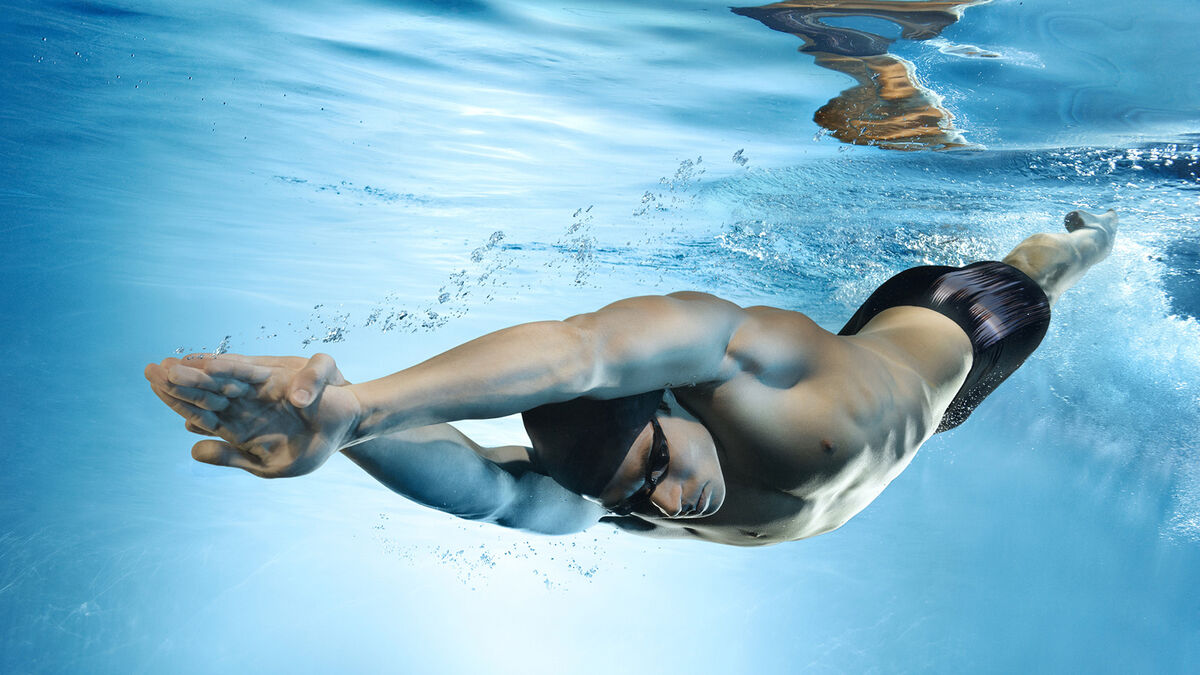
Friction is fun! Or at least, it’s physics. Friction is the resistance between two objects when they rub together. Discover the four different types of friction through examples.
Different Types of Friction
When it comes to forces, friction is one of the first that comes to mind. For example, if you roll a ball down a hill, eventually it will quit moving. Why? Because of friction. The force of the ball rubbing against the ground stops it from moving. If friction wasn’t a factor, the ball would never stop rolling. It would slow down, but it would keep moving minutely forward.
Additionally, different surfaces have different amounts of friction. See this in action by pushing a toy car on a wood floor and then on a carpet. It’s much harder to push on the carpet, and friction is responsible.
Since you have an idea of what friction is, explore the different types of friction. Get examples of each to increase your understanding.
Fluid Friction
When you hear fluid friction, friction in water might come to mind. However, fluid friction isn’t just water or what you might consider “fluid” like coffee or tea. Fluid means something without a clear shape such as gas and liquid. For example, gases and honey are also subject to fluid friction.
Now that fluid is all cleared up, it’s time to look at fluid friction. In simple terms, fluid friction is the resistance occurring when something tries to move on or through the gas or liquid. It has two types, external and internal friction.
- External friction is the friction force when solid moves through it.
- Internal friction is the friction of the molecules themselves in the fluid.

Explore a few examples to see fluid friction in action.
- Air pushing against your hand when you stick it out the window of a car (external)
- Water pushing against a swimmer’s body as they move through it (external)
- The movement of your coffee as you stir it with a spoon (external)
- Sucking water through a straw (internal)
- Submarine moving through water (external)
Rolling Friction
The example of the ball rolling down a hill is an example of rolling friction. In rolling friction, one of the surfaces is a wheel, ball, or roller, making up the “rolling” part of this type of friction.

To define it, rolling friction is resistance happening between moving surfaces when one rolls. This concept has several examples.
- Throwing a Skee-Ball
- Rollerblading down the street
- Rolling a bowling ball down the lane
- Car rolling down the road
- Rolling down the street on a skateboard
Sliding Friction
You’ve encountered sliding friction without even knowing what it was. Sliding friction is the resistance created when two solid surfaces slide over one another. For example, writing your name on paper or pushing a chair across the floor are both types of sliding friction.

Several factors can affect sliding friction including the flatness and roughness of the surface, size of the object, and speed. Need a clearer picture of sliding friction? Try these examples on for size.
- Puck moving across the ice in hockey
- Kicking a book across a floor
- Dragging a sled up a hill
- Dragging your body across carpet
- Foot dragging against a sidewalk
Static Friction
Ever noticed how it’s a lot easier to push something already moving than to push an object at rest? It isn’t just you. The first push is the hardest for everyone. The reason is static friction. This type exists between a surface and object at rest. Static friction causes these two surfaces to stick together slightly, making that first push harder.

Examples of static friction are aplenty.
- Book resting on your end table
- Plant resting on a counter
- Shopping cart resting in the cart corral
- Dresser sitting on your floor
- PlayStation sitting on your entertainment center
Exploring Types of Friction
Friction is everywhere, from that book resting your desk to your skateboard rolling down the street. Keep your physics learning moving by checking out examples of inertia. It tells you all about why objects don’t want to stop moving.